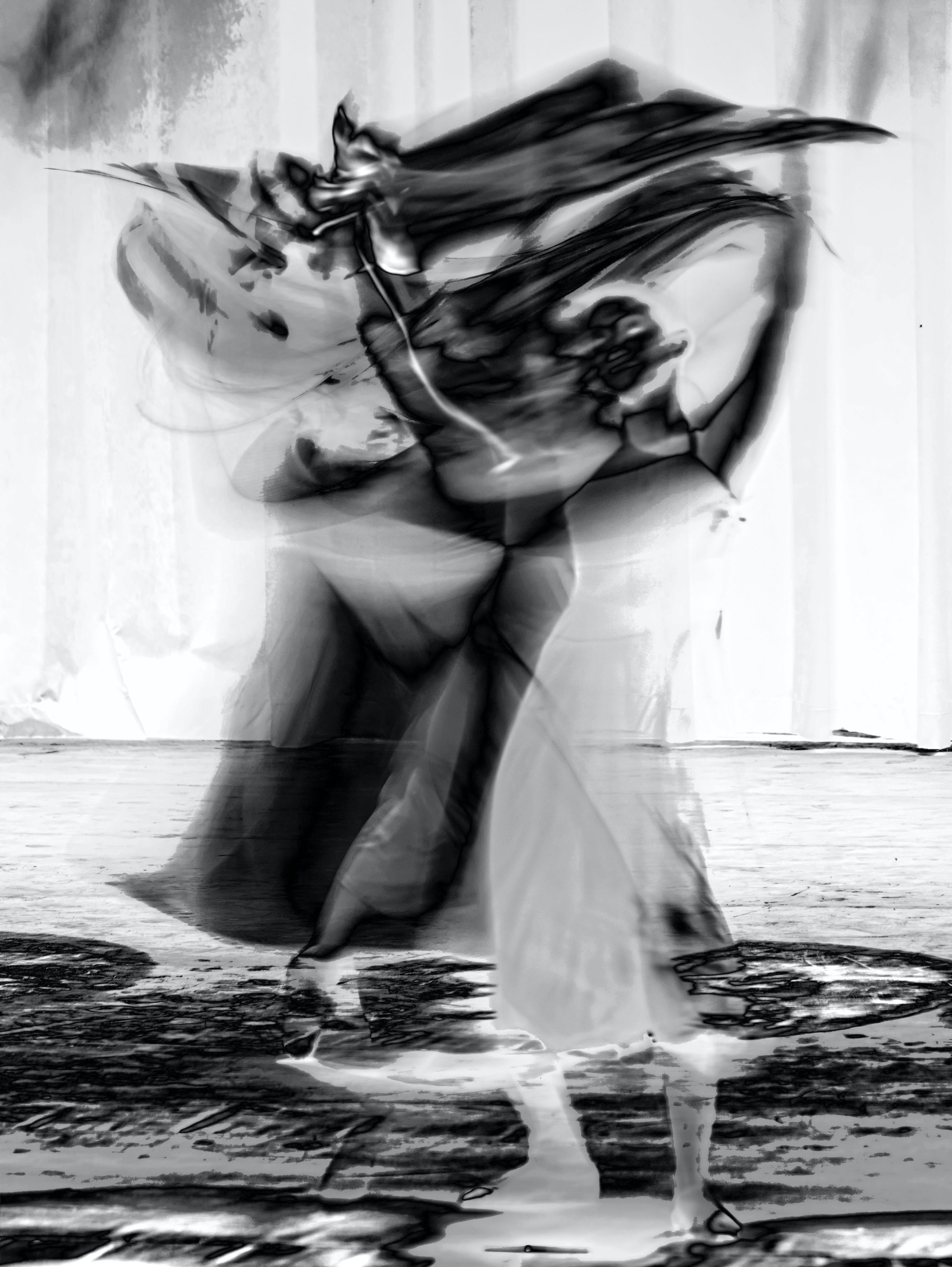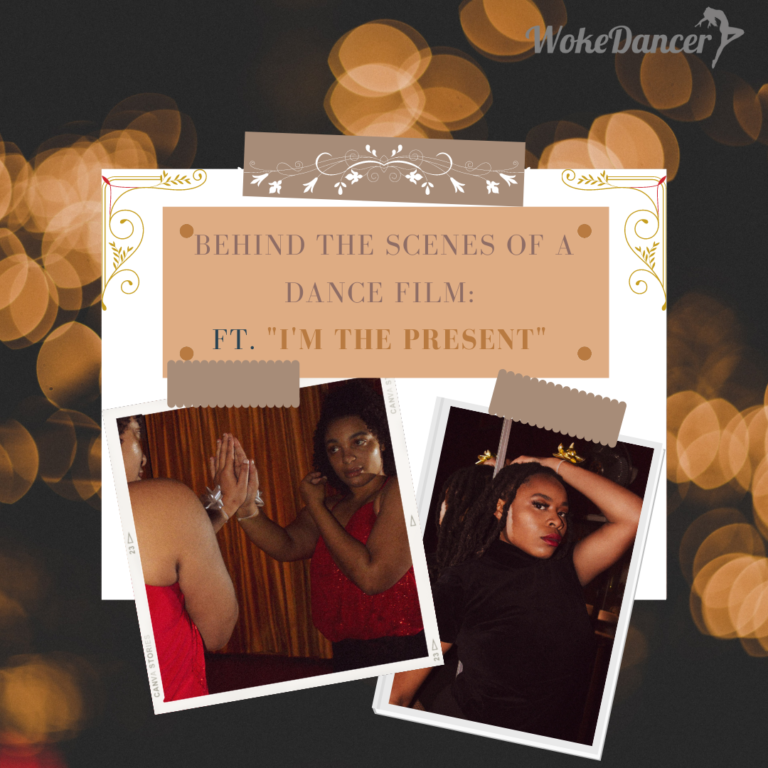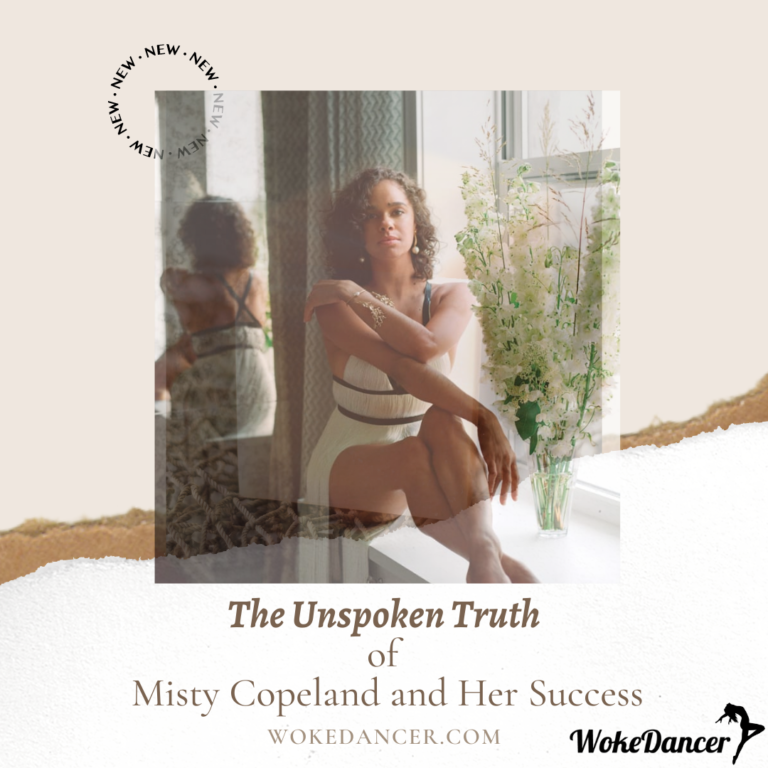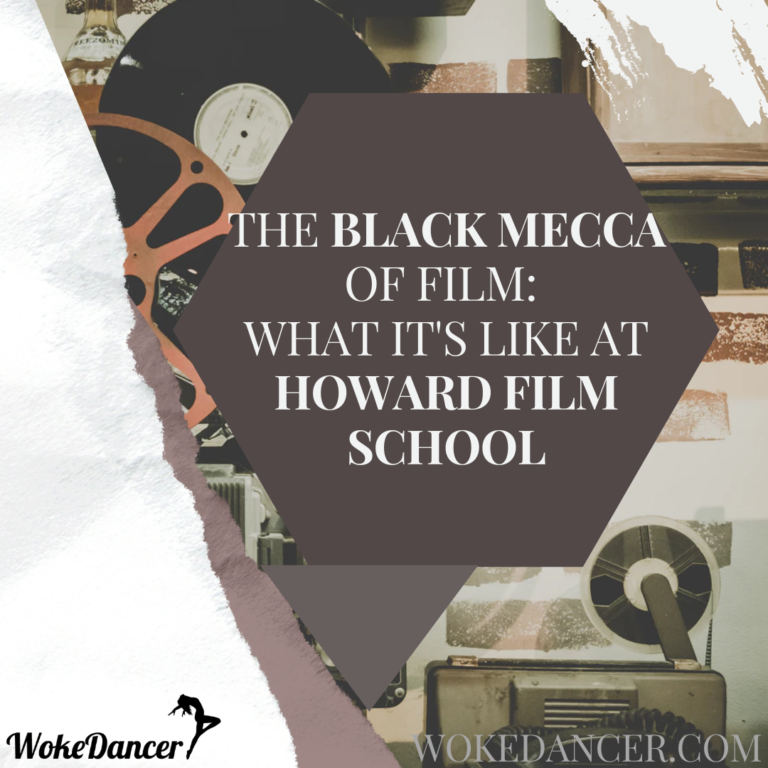
Techniques on Writing Dance – For All Levels
Easy for all-level techniques on writing dance – with writing exercise included
Writing dance is one of the harder things when it comes to creative writing. Between dance terms, showing not telling, and feeling the emotion, it can be quite daunting. Even as someone that has danced, it can still be difficult to translate something innately visual to a creature of the imagination. It takes a lot of practice, patience, and experimenting. (don’t be afraid to break some literature rules in the process)
Hopefully some of these techniques will spark some inspiration for your next tale in dance. These are tips I’ve learned on my own writing journey.
- Sound effects (or onomatopoeia) – using words to intimate how something sounds.
- Example: tick tock, boom, woosh, etc
- Visual movements – what the character is literally doing (kicking their leg? Turning?). I recommend using this technique sparingly and only for specificity, as it can clog the story if overused.
- Example: She kicked her leg so high that it almost hit her head. In the midst of the movement, she felt her toes push into the ground while she continued to dance – turning endlessly.
- Technical dance terms – another way to describe visuals with even more specificity are literal dance terms. Don’t worry if someone doesn’t understand it. You’re sharing new experiences of dance with the reader, you don’t have to make it “easy.”
- Examples of terms: battlement, tendu, etc.
- Repetition – repetitive language can give an interesting rhythm while describing dance, almost turning it into a song and potentially syncing with “choreography” in your head.
- Example: She stomped to tempo; she stomped with aggression. Her body locked in every movement; it locked on every count.
- Read more poetry (especially centered around dance) – poets are the masters of creating music in their writing. There is no way around this studying if you want dynamic dance scenes in your book – or dynamic writing in general.
- Example: “all my selves who have not yet danced // my selves with gestures/no chosen appetite // no throat to scream/I must grow them out” – in the poem “Wild Beauty” by Ntozake Shange
- Emotions – how does it feel when YOU dance? This question can reveal a lot about your own unique way of writing dance in a way that emotionally resonates.
- Example: The dance made my heart feel like it was beating out of my chest.
- Change the tense to present – this keeps the feeling of constant motion, which can prove incredibly useful when getting the reader in the “essence” of dance in your writing.
- Example (the sentence from #2): She kicks her leg so high that it almost hits her head. In the midst of the movement, she feels her toes push into the ground while she continues to dance – turning endlessly.
And finally, I leave you with a writing exercise that will allow you to practice implementing these techniques.
Exercise: Go to an actual dance class and write out your experience dancing. How you felt, what you did, what the studio looked like, and describe the other dancers around you.
Happy *dance* writing!
Photo by Hulki Okan Tabak on Unsplash



